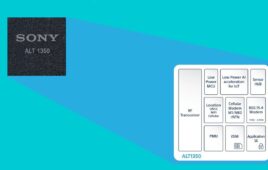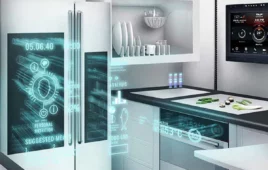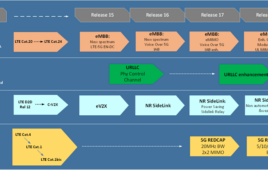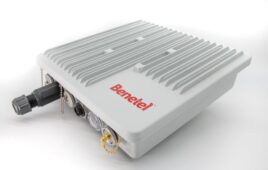AT&T, KDDI, NTT DoCoMo, T-Mobile, Verizon Wireless and Vodafone already have thrown their hats into the Long Term Evolution (LTE) ring. Because of those commitments, systems vendor Continuous Computing has done the same, saying LTE is the right technology for the industry.
In supporting LTE, the San Diego-based company has introduced its end-to-end offering for LTE network infrastructure that ranges from femtocells to the Evolved Packet Core (EPC). The company claims its suite of hardware and software will let wireless operators gradually migrate their network equipment to all-IP networks.
According to Todd Mersch, Continuous Computing’s senior product line manager, femtocells and deep packet inspection (DPI) are essential ingredients for the successful progression into the next generation.
“3G femtocells deliver LTE much cheaper” than a macro network buildout, Mersch said. He pointed out that femtocells will allow operators to deliver service to specific markets faster and more easily.
He also said that DPI provides security, supports traffic management, provides an effective way of delivering services and allows operators to create different tiers of services for different levels of customers.
Mersch said Continuous Computing already has landed three design wins with network equipment providers whose efforts are now focused on the U.S. market. He declined to say which companies those were.
“We have to be ahead of the curve and early to gain these design wins” to be part of LTE equipment providers’ field trials and solutions, he said.
LTE’s roadmap provides mobile broadband data rates of 100Mbps downlink and 50Mpbs uplink, simultaneous voice and data sessions, and low round-trip latency to support real-time applications such as online gaming and mobile TV.




